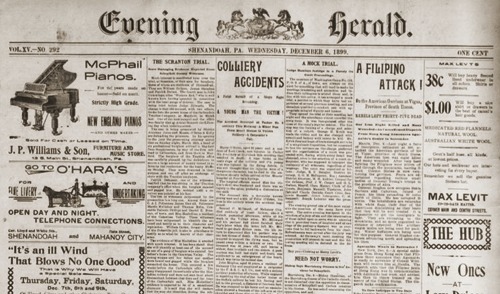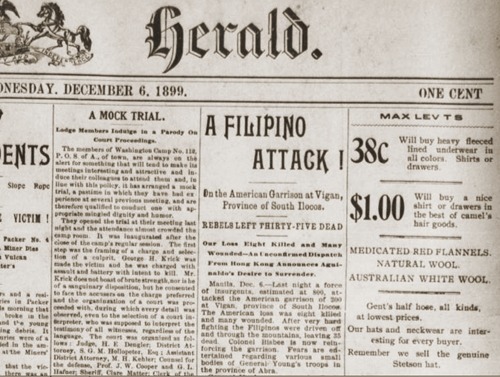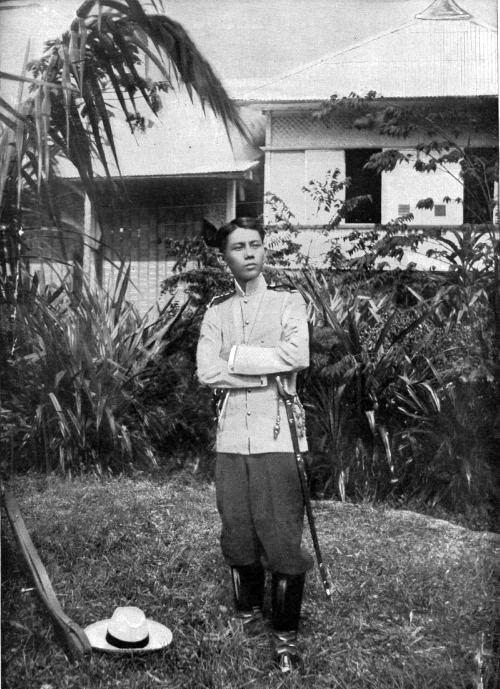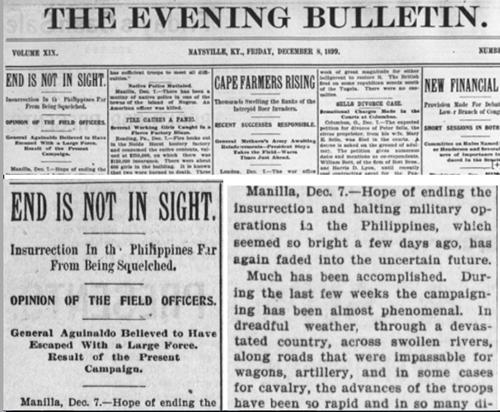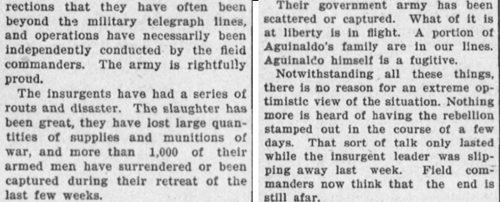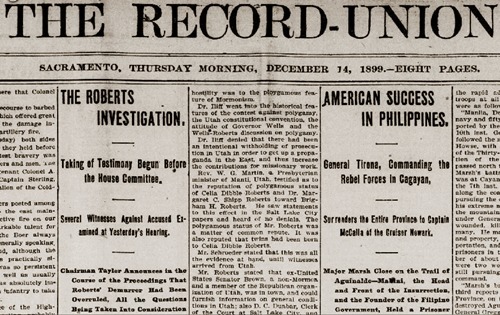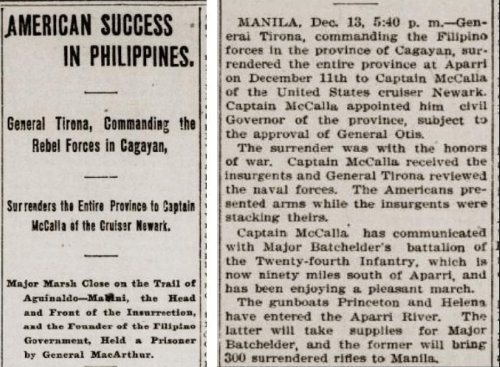Nov. 26 – Dec. 17, 1899: Americans Invade the Ilocos
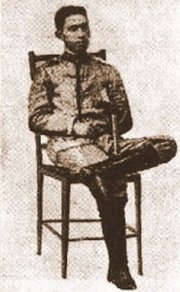
By April 1899, Tinio (RIGHT) had built 640 defensive trenches from La Union Province to Ilocos Norte Province. They were designed by Gen. Jose “Pepe” Alejandrino, a Belgian-educated engineer from Pampanga Province.
Two American reporters, Sargent and Wilcox, described the coastal trenches in Cabugao, Ilocos Sur Province: “On the shore at Salomague, there is a fortification about five feet high and one hundred fifty feet long. This barricade is built of sticks arranged in two rows and filled in between with sand and coral stones. Its walls are about four feet thick, and it is built in the form of a crescent with the concave part toward the sea…”
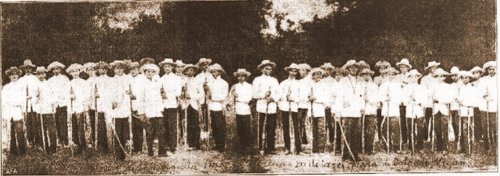
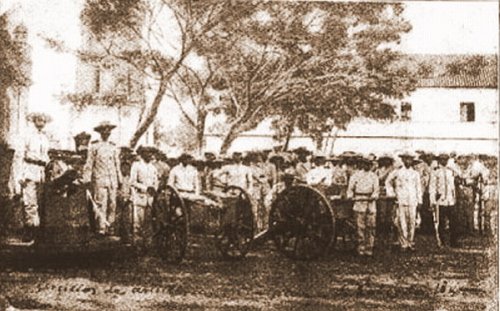
In November 1899, General Tinio, who was based in Vigan, Ilocos Sur Province, was ordered to go down south to Pangasinan Province to block the Americans pursuing Aguinaldo and his party who were retreating northward. His deputy, Gen. Benito Natividad, stayed on as post commander in Vigan with a few officers and 50 riflemen.
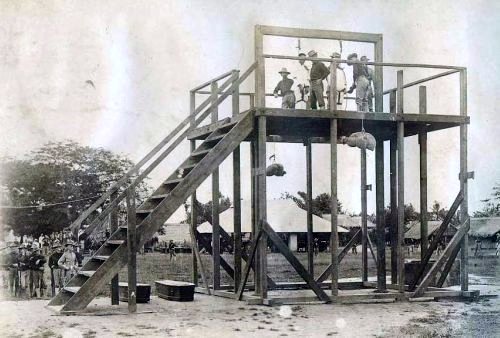
After losing to the Americans at San Jacinto (November 11) and Pozorrubio (November 15), General Tinio withdrew to La Union Province to continue protecting Aguinaldo’s retreat. He engaged and delayed the Americans in Rosario, Sto. Tomas , and Aringay. This gave Aguinaldo’s retreating party enough time to reach Candon, Ilocos Sur Province, on November 21, from where Aguinaldo decided to move east to the mountains in the interior.
On November 23, Aguinaldo reached the highland town of Angaki (now Quirino), Ilocos Sur Province, and stayed there until the end of the month.

Tinio withdrew his forces to Tagudin, Ilocos Sur Province, and later moved on to San Quintin, Abra Province.

On November 26, the warships U.S.S. Oregon, U.S.S. Samar, and U.S.S. Callao bombarded Caoayan, Ilocos Sur Provinceand, unopposed, landed 201 volunteer infantrymen and marines led by Lt. Col. James Parker.
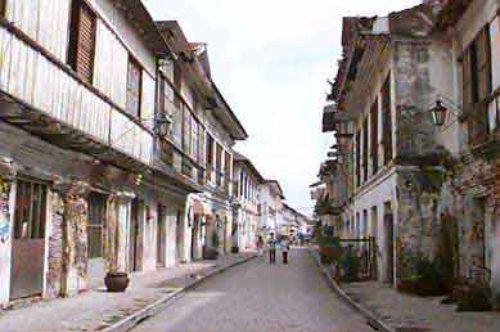
The Americans proceeded to occupy the adjacent town of Vigan, the provincial capital. The post commander, Gen. Benito Natividad, and his men, had evacuated the town at the onset of the shelling of Caoayan.



Brig. Gen. Samuel BM Young, who was chasing Aguinaldo and Tinio relentlessly; reached Candon on November 28. He learned that Aguinaldo was at Angaki, 25 kms. away to the southeast, while Tinio was up north some 40 kms. away. Young realized immediately that General Tinio�s purpose in taking his forces to the north was to lead the Americans away from following Aguinaldo. Forthwith, he sent Lt. Col. Robert Howze�s battalion to Concepcion, Ilocos Sur Province, to resume the pursuit of Aguinaldo, while the bigger part of his force marched towards the north in an attempt to destroy the Tinio Brigade, the last remaining army of the Republic.
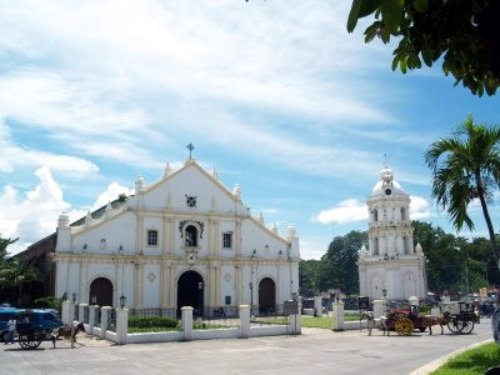
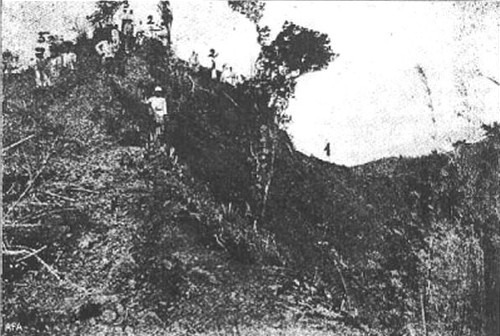
On November 29, Tinio was positioned about 20 kilometers south of Vigan at Tangadan Pass, located between Narvacan, Ilocos Sur Province, and San Quintin, Abra Province.
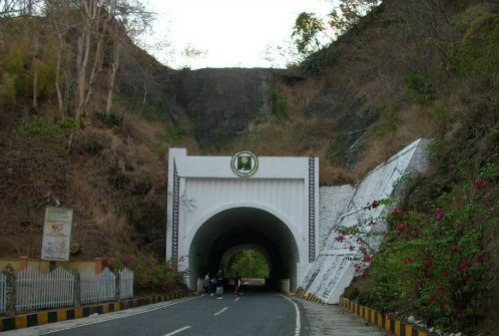

Not too far south of Tinio was Tirad Pass, Concepcion, where General Gregorio del Pilar was killed a few days later on December 2 while trying to block the American pursuit of Aguinaldo.
On November 30, Aguinaldo and his party left Angaki for Cervantes, Ilocos Sur Province. As the latter offered good conditions for defense and an abundance of food, Aguinaldo planned to stay there for a long time and defend himself.
On December 2, on the same day that Del Pilar died at Tirad Pass, Aguinaldo fled from Cervantes. He and his entourage endured the long, difficult trek over the Cordillera mountain range, until they descended on the Cagayan Valley on May 28,1900. Aguinaldo finally established himself at Palanan, Isabela Province, on September 6, 1900.
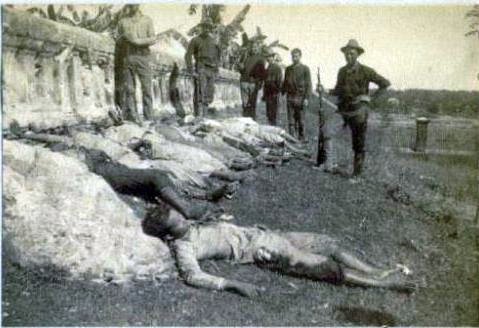
On December 4, at 2:00 a.m., Tinio’s men, estimated to number 800, sneaked into Vigan under cover of darkness and attacked Company B, 33rd Infantry Regiment of US Volunteers (USV), which consisted of 153 soldiers. Severe street fighting ensued and continued for four hours until the Filipinos were driven out.
The Annual Reports of the United States War Department 1903, in its summary of major engagements in the Philippines, listed 8 Americans killed and 3 wounded, and 100 Filipinos killed at Vigan. A separate report added that 32 Filipinos and 84 rifles were captured.
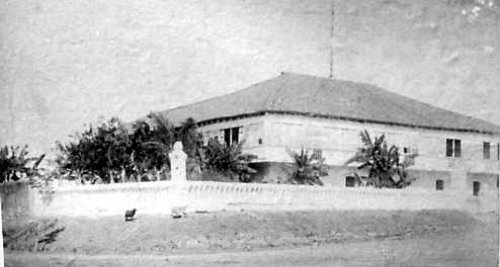
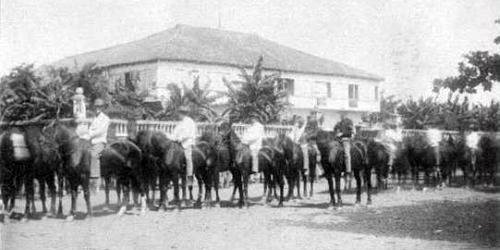
Four US soldiers earned the Medal of Honor for heroism at Vigan. They were: Lt. Col. Webb Cook Hayes (son of former US Pres. Rutherford Hayes), Lt. Col. James Parker, Pvt. James McConnell and Pvt. Joseph Epps.
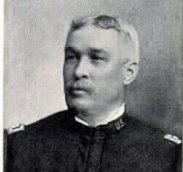
General Tinio and his men returned to San Quintin, Abra Province.
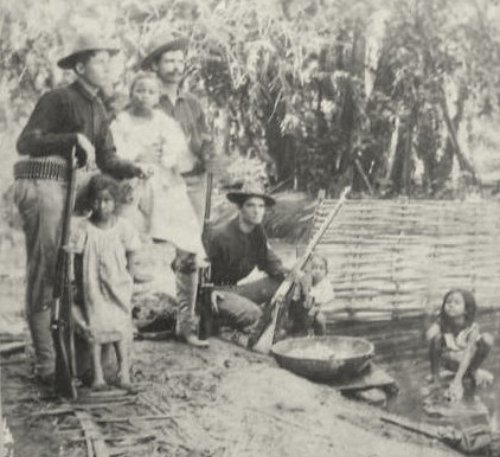
The following day, December 5, the Americans attacked San Quintin and Bangued in succession. Tinio withdrew to Dingras, Ilocos Norte Province then proceeded to Solsona, Ilocos Norte Province. He spent the next couple of months in the mountains of Solsona, where he began fortifying the peak of Mt. Bimmauya, northwest of Cabugao, Ilocos Sur Province.
The Americans at Vigan were soon reinforced by 160 men shipped from San Fabian, Pangasinan Province.
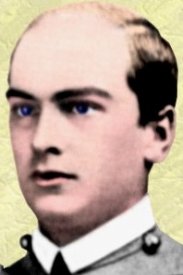
In the middle of the night on December 20, Celedonio sneaked back into Cabugao with a commando unit, abducted and bayoneted to death Presidente Municipal Basilio Noriega and his son-in-law, Benigno Sison y Suller, an innocent bystander. Noriega had been falsely accused as being a pro-American sajonista (Saxonist or pro-Anglo-Saxon). He was in fact condemned without trial by tiktiks (informers) who held personal grudges against him. His son-in-law unfortunately happened to be there and was a witness to the kaut (abduction).
Their bodies were found the following morning in the wooded area north of the church, each marked on the forehead “traidor de la patria” (traitor to the country). Ironically, Benigno’s family of Sisons and Sullers and their Azcueta-Serrano wives and in-laws were the wealthiest and biggest contributors to the revolutionary movement in Cabugao.
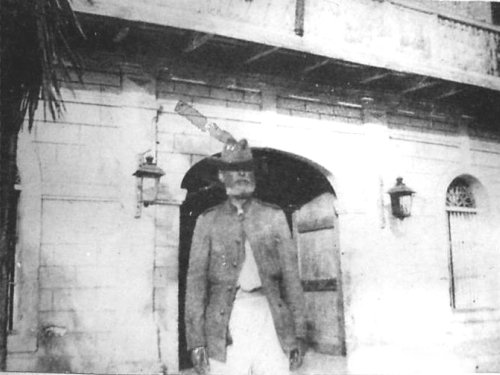

Dec. 2, 1899: General Gregorio Del Pilar dies at Tirad Pass
Gregorio Del Pilar ( PHOTO, ABOVE) was born in San Jose, Bulacan, on Nov 14, 1875 to an illustrious ilustrado (middle class) family. In his early years, he aided his uncle, Marcelo H. del Pilar, in distributing his anti-friar writings. He was a member of the revolutionary forces in Bulacan even when he was studying at the Ateneo de Municipal. When the revolution broke out on Aug 30, 1896, he joined the forces of Heneral Dimabunggo (Eusebio Roque). In the battle at Kakarong de Sili, Pandi, Bulacan, on Jan 1, 1897, he almost lost his life.
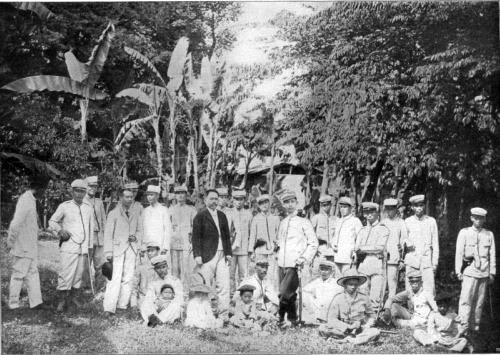
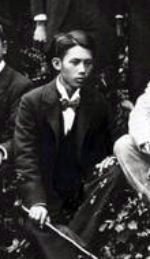
On May, 19, 1898, Aguinaldo and the other exiles returned to the country and renewed the revolution.
Del Pilar was promoted to general either in June or July 1898 at the age of 22. (He was the second youngest general in the Philippine army, after General Manuel Tinio). He besieged the town of Bulacan and forced the colonial forces there to capitulate on or about June 30, 1898.
The Filipino-American War found Gen. Del Pilar in the frontlines once again. In the April 23, 1899, battle at Quingua (now Plaridel, Bulacan), he nearly defeated Major (later Brig. Gen.) James Franklin Bell; the cavalry commander, Col. John Stotsenburg, was killed.
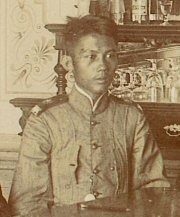
For two days, on May 22 and 23, the Filipinos conferred with the Schurman Commission. The talks failed, owing to the Americans’ insistence that US sovereignty was non-negotiable. In addition, the Filipino army had to surrender unconditionally. [RIGHT, photo of General Del Pilar taken on May 22-23, 1899 in Manila].
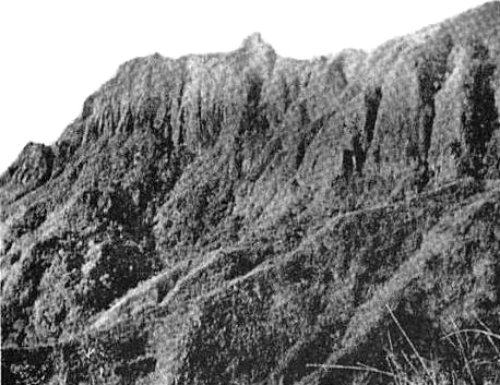
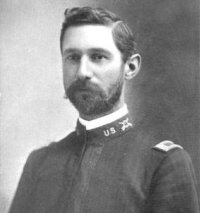
On Dec. 2, 1899, Major Peyton Conway March (LEFT, as First Lt. in 1896-1898) led 300 soldiers of the 33rd Infantry Regiment of U.S. Volunteers, up the pass. A Tingguian Igorot, Januario Galut, led the Americans up a trail by which they could emerge to the rear of the Filipinos. Del Pilar died in the battle, along with 52 subordinates. The Americans lost 2 men killed.
The Americans looted the corpse of the fallen general. They got his pistol, diary and personal papers, boots and silver spurs, coat and pants, a lady’s handkerchief with the name “Dolores Jose,” his sweetheart, diamond rings, gold watch, shoulder straps, and a gold locket containing a woman’s hair.
Del Pilar’s body was left by the roadside for two days until its odor forced some Igorots to cover it with dirt.
On his diary, which Major March found, Del Pilar had written: “The General [ Aguinaldo ] has given me the pick of all the men that can be spared and ordered me to defend the Pass. I realize what a terrible task has been given me. And yet, I felt that this is the most glorious moment of my life. What I do is done for my beloved country. No sacrifice can be too great.”
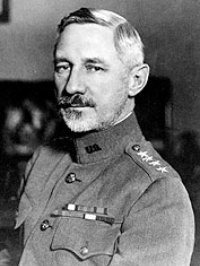
In World War I, John J. Pershing and Peyton C. March were the American generals who gave the edge to Allied victory over Germany. Pershing was the commander of the American Expeditionary Forces (AEF) of two million men in France while, during the last eight months of the war, March was in Washington, D.C., as the chief of staff who oversaw the logistics and general development of the army, and the shipment of some 1.8 million troops across the Atlantic. As Secretary of War Newton D. Baker noted shortly after the war, “Together they wrought…victory.”
March was born on Dec. 27, 1864 in Easton, Pennsylvania; he died on April 13, 1955 and is buried at Arlington National Cemetery.
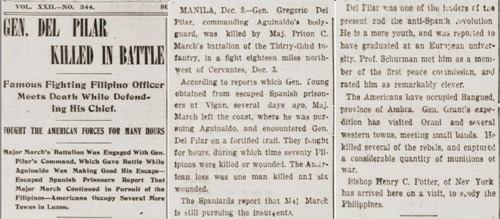
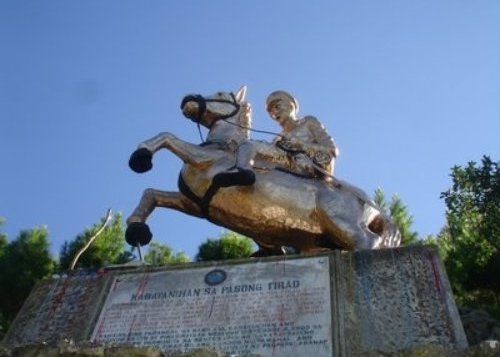

Dec. 7, 1899: US Army Realizes End To “Insurrection” Not In Sight
Dec. 11, 1899: Gen. Daniel Tirona surrenders the Cagayan Valley

On Dec. 11, 1899, Gen. Daniel Tirona surrendered in Aparri to Capt. Bowman H. McCalla of the US Navy cruiser USS Newark.
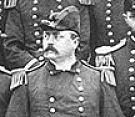
Captain McCalla appointed Tirona as the temporary civil governor of the Cagayan Valley pending further orders from Maj. Gen. Elwell S. Otis, 8th Army Corps Commander and military governor of the Philippines.
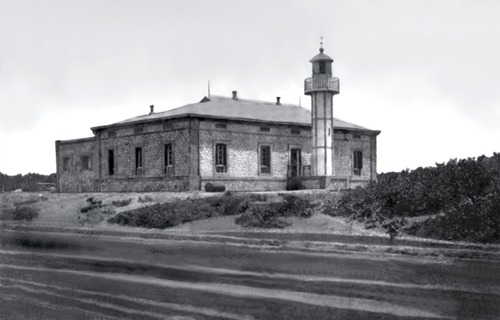
On Dec. 21, 1899, Otis directed the 16th US Infantry Regiment (Regulars), commanded by Col. Charles C. Hood, to proceed to Aparri. On the same day, Colonel Hood was appointed as the military governor of the Cagayan Valley.
A company of troops was garrisoned in each of the following towns:
Cagayan Province …………Aparri, Lallo, Tuguegarao
Isabela Province ……………Cabangan Nuevo, Cordon, Echague, Ilagan
Nueva Vizcaya Province…..Solano
[Daniel Tirona gained notoriety in Philippine history for humiliating Katipunan Supremo Andres Bonifacio at the Tejeros Convention on March 22, 1897; Bonifacio’s subsequent actions led to his arrest, trial and execution on May 10, 1897. His brother, Procopio, died with him. Tirona became a founding member of the pro-American Partido Federal when it was organized on Dec. 23, 1900].


